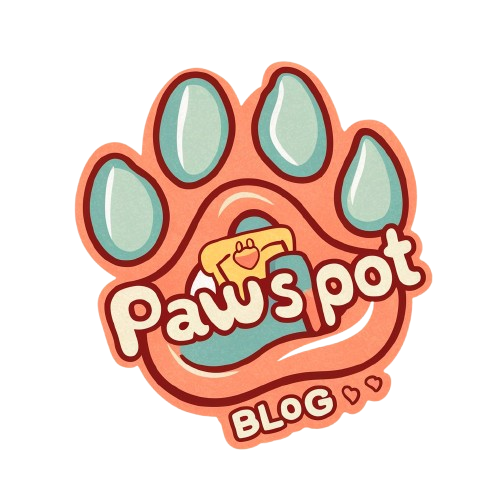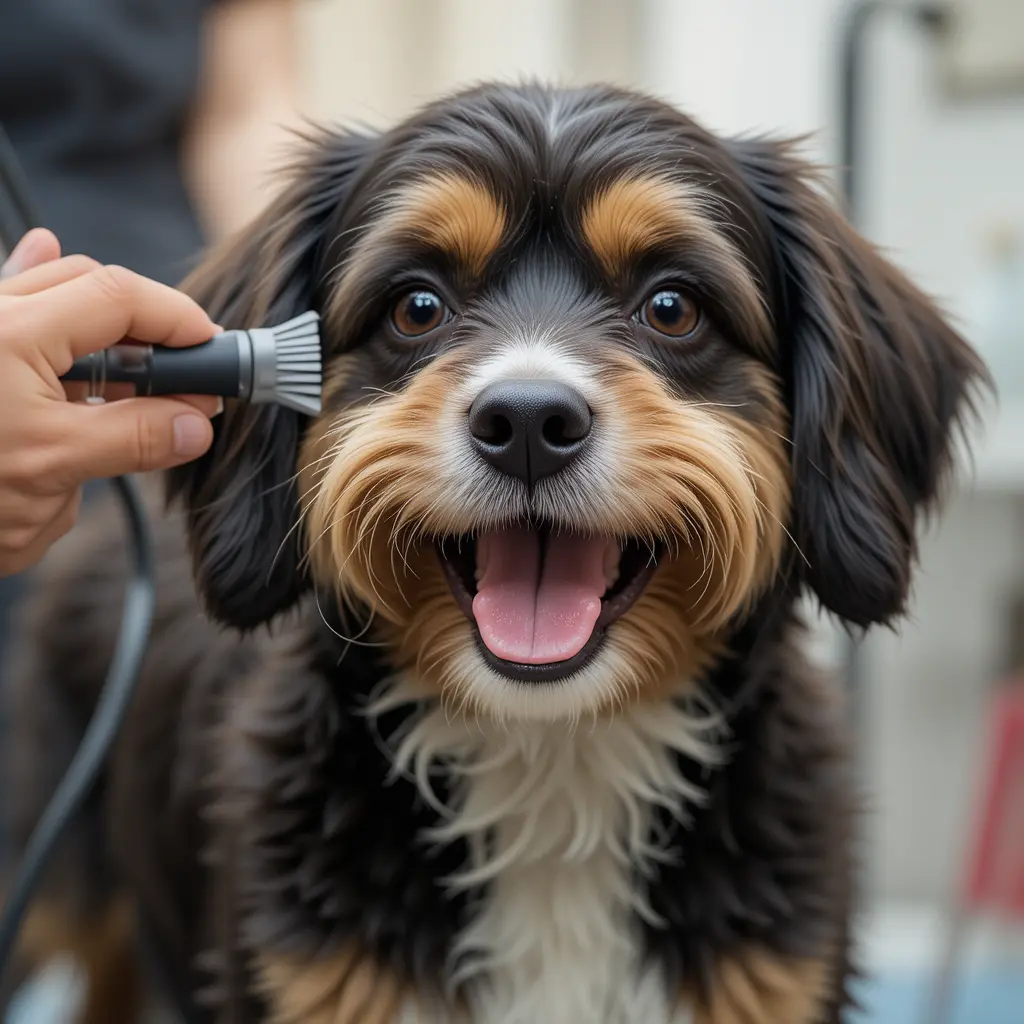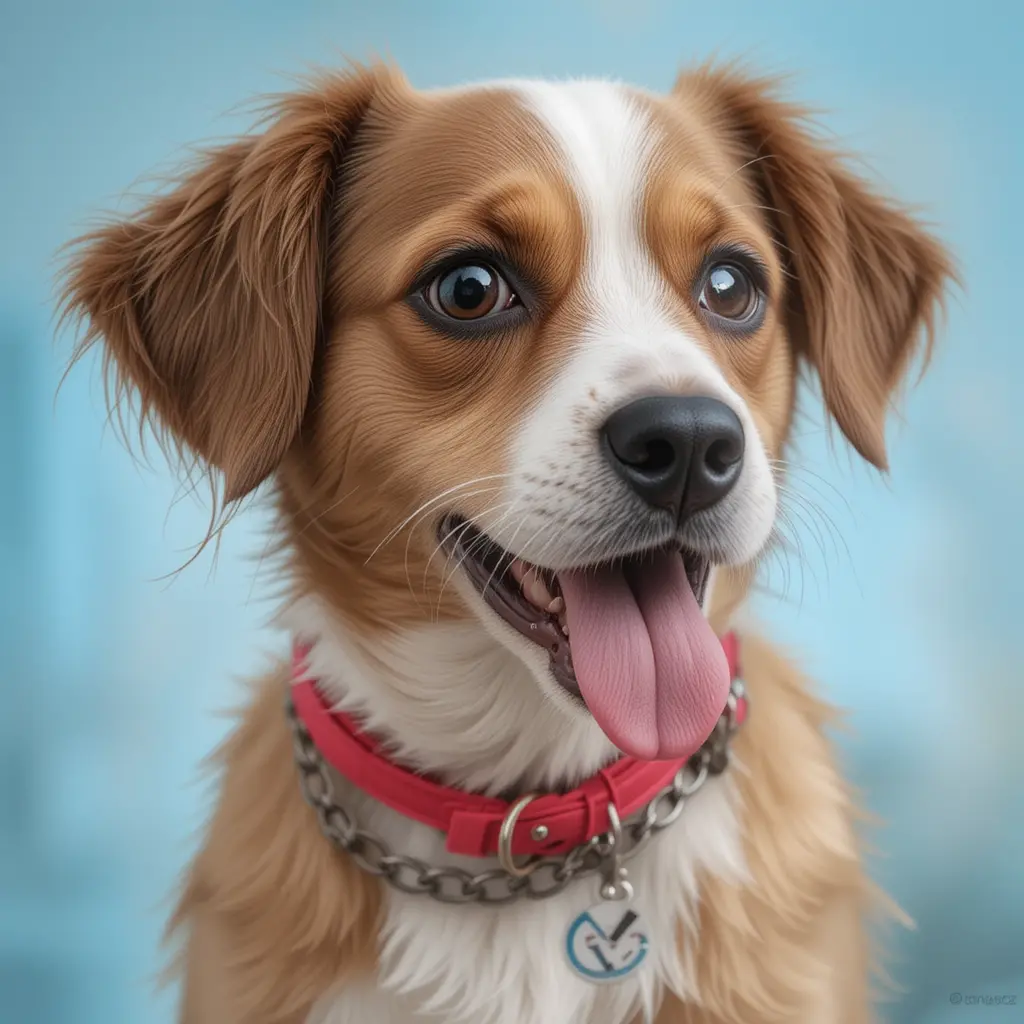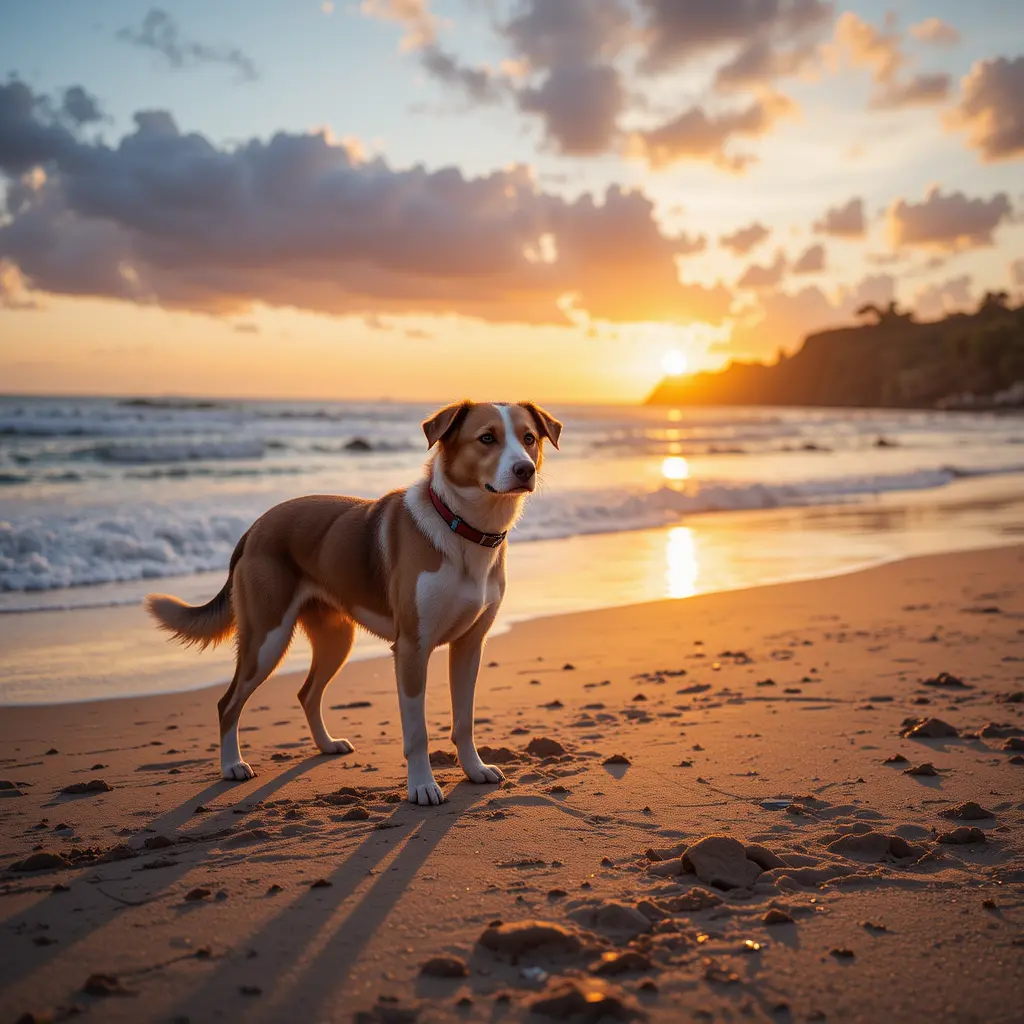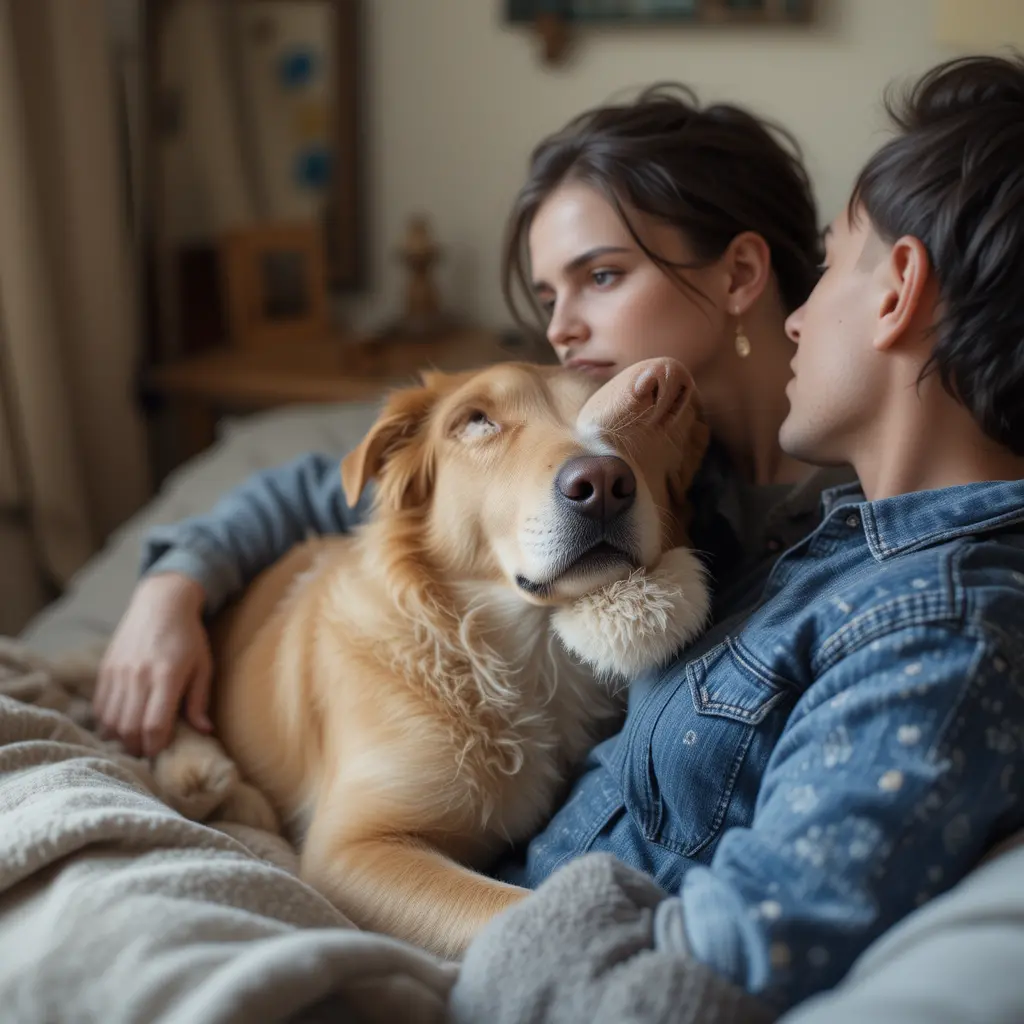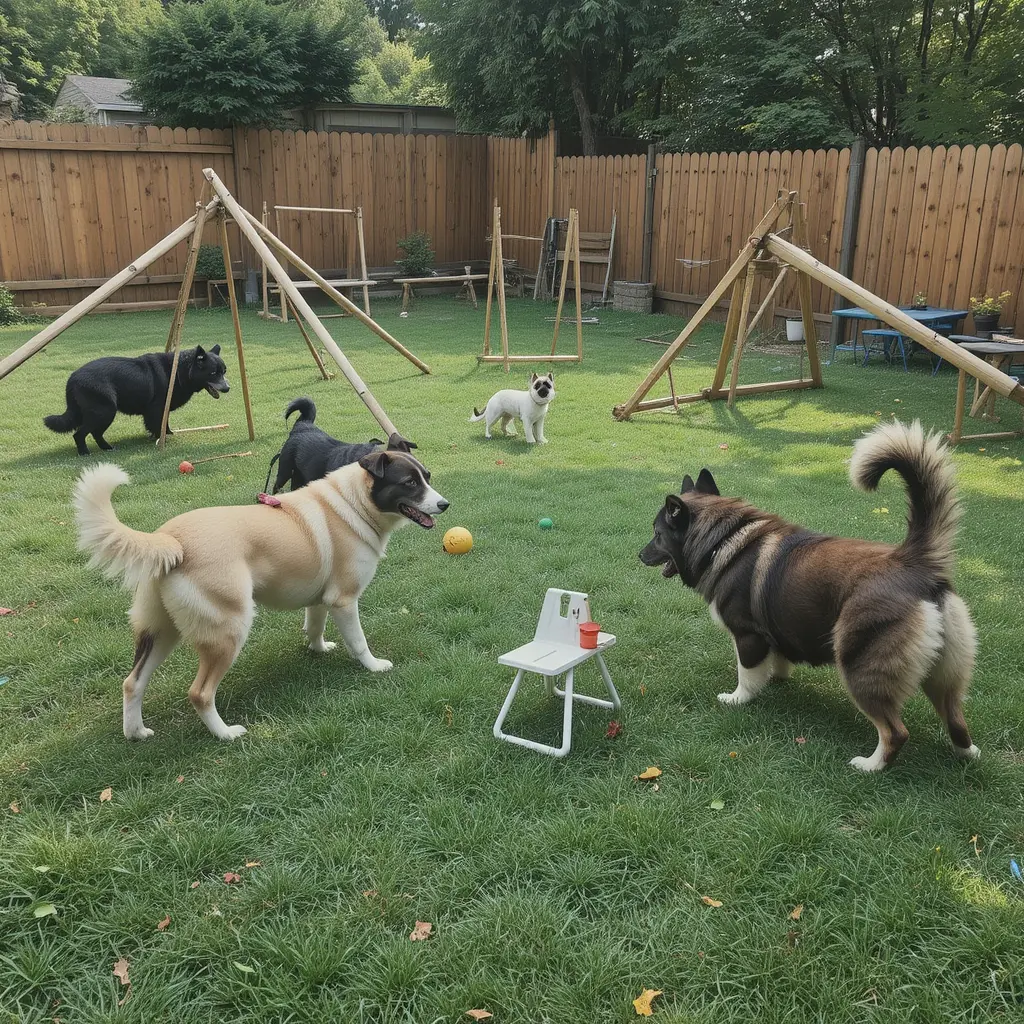Grooming your dog at home can seem daunting, but with the right tips, you can achieve professional results. This article reveals the top 10 tips to help you groom your dog like a pro. From choosing the right tools to mastering techniques, these insights will make the process easier and more enjoyable for both you and your furry friend. Dive in to discover how you can transform grooming time into a bonding experience.
Understanding Your Dog’s Grooming Needs
Grooming your dog at home can be a rewarding experience, but understanding your dog’s specific grooming needs is crucial. Each dog is unique, and their grooming requirements can vary based on breed, coat type, and even personality. As a pet grooming expert, I’ve seen firsthand how a little knowledge can transform the grooming process into a bonding experience.
Recognizing Coat Types and Needs
Different breeds have different coat types, which means they have distinct grooming needs. For instance, a Poodle’s curly coat requires regular trimming to prevent matting, while a Labrador Retriever’s short coat benefits from frequent brushing to control shedding. Understanding these differences is one of the Top 10 Tips for Grooming Your Dog at Home. I remember a client who struggled with their Golden Retriever’s shedding until they learned the importance of a good de-shedding tool. It made all the difference!
Behavior and Grooming
It’s not just about the coat; your dog’s behavior plays a role too. Some dogs love being groomed, while others might be anxious. My own dog, Max, used to hide at the sight of a brush. With patience and positive reinforcement, grooming became a time he looked forward to. This personal touch can make grooming at home feel less like a chore and more like quality time with your pet. Remember, understanding your dog’s grooming needs is key to making the process enjoyable for both of you.
Essential Grooming Tools for Home Use
Grooming your dog at home can be a rewarding experience, both for you and your furry friend. To achieve professional results, having the right tools is essential. As a Pet Grooming Expert, I believe that investing in quality grooming tools can make all the difference.
Must-Have Grooming Tools
First on the list is a slicker brush. This tool is perfect for removing loose fur and detangling knots. I remember the first time I used a slicker brush on my Golden Retriever, Max. The amount of fur it collected was astonishing! It made me realize how much he needed regular grooming.
Next, consider a pair of grooming scissors. These are crucial for trimming around sensitive areas like the face and paws. I once tried using regular scissors, and it was a disaster. Grooming scissors are designed to be safe and precise, making them a much better choice.
Clippers and Nail Trimmers
Clippers are another essential tool, especially for dogs with thick coats. They help maintain a neat appearance and prevent matting. I often recommend clippers to friends who want to follow the “Top 10 Tips for Grooming Your Dog at Home” because they offer a professional finish.
Don’t forget about nail trimmers. Keeping your dog’s nails short is important for their comfort and health. I once skipped this step, and my dog ended up with a cracked nail. It was painful for him and a lesson for me.
In conclusion, having the right grooming tools at home can transform the grooming process into a pleasant routine. With these tools, you can ensure your dog looks and feels their best, all while strengthening your bond. Remember, a well-groomed dog is a happy dog!
Brushing Techniques for Different Coat Types
Brushing your dog’s coat can be a bonding experience, but it requires the right technique for each coat type. As a pet grooming expert, I believe understanding your dog’s coat is one of the Top 10 Tips for Grooming Your Dog at Home. Let’s dive into the best brushing techniques for different coat types.
Smooth Coats
Smooth-coated dogs, like Beagles, have short hair that lies close to the body. For these dogs, a rubber brush or a bristle brush works wonders. I remember my Beagle, Max, loved the gentle massage from a rubber brush. It not only removed loose hair but also made his coat shine. The key is to brush in the direction of hair growth, which helps distribute natural oils.
Double Coats
Double-coated breeds, such as Huskies, have a dense undercoat. A slicker brush is your best friend here. I once helped a friend with her Husky during shedding season. We used a slicker brush to tackle the undercoat, and it was like magic! The brush reached deep into the fur, removing tangles and loose hair. Remember, patience is crucial with double coats, as they require more time and care.
Bathing Your Dog: Tips and Tricks
Bathing your dog can be a delightful bonding experience, but it often feels like a daunting task. With the right approach, you can transform this chore into a fun and rewarding activity. As a Pet Grooming Expert, I believe that understanding your dog’s needs is key to a successful bath. Let’s dive into some tips and tricks to make the process smoother.
Preparation is Key
Before you start, gather all necessary supplies. This includes a dog-friendly shampoo, towels, and a brush. Having everything within reach prevents unnecessary stress for both you and your furry friend. I remember once forgetting the towel and having to chase a wet dog around the house—lesson learned!
Make it a Positive Experience
Dogs can sense our emotions, so stay calm and positive. Use treats and praise to encourage your dog during the bath. Think of it like a spa day for them. My own dog, Max, loves the attention and treats, making bath time something he looks forward to. Remember, the goal is to make bathing your dog a pleasant experience.
Nail Trimming Without Stress
Nail trimming can be a daunting task for many dog owners, but it doesn’t have to be. With the right approach, you can make this process stress-free for both you and your furry friend. As a pet grooming expert, I’ve seen how a calm environment can transform this experience.
Creating a Calm Environment
Before you start, ensure your dog is relaxed. A quiet room with minimal distractions works wonders. Think of it like a spa day for your dog. You wouldn’t want to get a manicure in a noisy place, right? The same goes for your pet. I remember a time when I played soft music, and it made a world of difference. My dog, Max, seemed to enjoy the session more.
Using the Right Tools
Having the right tools is crucial. A good pair of clippers can make all the difference. I always recommend investing in quality clippers. They not only make the job easier but also ensure a clean cut, reducing the risk of injury. In my experience, using dull clippers can cause more harm than good. It’s like trying to cut paper with blunt scissors—frustrating and ineffective.
Remember, patience is key. If your dog gets anxious, take a break. Offer treats and praise to reinforce positive behavior. This approach aligns with the Top 10 Tips for Grooming Your Dog at Home, ensuring a positive experience for both you and your pet. Nail trimming doesn’t have to be a chore; it can be a bonding moment with your dog.
Ear Cleaning: Keeping Infections at Bay
Cleaning your dog’s ears is a crucial part of their grooming routine. It helps prevent infections and keeps them comfortable. As a pet grooming expert, I often see dogs with ear issues that could have been avoided with regular care. Let’s dive into how you can keep your dog’s ears healthy at home.
Understanding Your Dog’s Ears
Dogs have unique ear structures that can trap dirt and moisture, leading to infections. Think of it like a garden hose that can get clogged if not cleaned. Regular ear cleaning is essential. I remember a client whose dog had constant ear infections. After teaching them proper cleaning techniques, the infections stopped. This shows how effective regular care can be.
Steps for Effective Ear Cleaning
First, gather your supplies: a gentle ear cleaner, cotton balls, and a towel. Avoid using cotton swabs as they can push debris further into the ear. Gently lift your dog’s ear flap and apply the cleaner. Massage the base of the ear to loosen debris. Let your dog shake their head, then wipe away the cleaner and debris with a cotton ball. This process is simple and can be done weekly to maintain ear health.
In my opinion, making ear cleaning a positive experience is key. Use treats and praise to make your dog comfortable. This not only helps with ear health but also strengthens your bond. Remember, keeping your dog’s ears clean is one of the Top 10 Tips for Grooming Your Dog at Home like a pro!
Dental Care for a Healthy Smile
Ensuring your dog’s dental health is crucial for their overall well-being. Just like us, dogs need regular dental care to maintain a healthy smile. As a pet grooming expert, I often emphasize the importance of this aspect in the “Top 10 Tips for Grooming Your Dog at Home”. A clean mouth can prevent many health issues, and it’s easier than you might think to keep those canine teeth sparkling.
Why Dental Care Matters
Imagine skipping your own dental hygiene routine. Over time, plaque builds up, leading to bad breath and potential health problems. The same applies to dogs. Regular brushing can prevent plaque and tartar buildup. I remember a client whose dog had terrible breath. After a few weeks of consistent brushing, the improvement was remarkable. It was like a breath of fresh air, literally!
Incorporating dental care into your grooming routine doesn’t have to be a chore. Use a dog-friendly toothbrush and toothpaste. Make it a fun experience by rewarding your dog with a treat afterward. This not only keeps their teeth clean but also strengthens your bond. In my opinion, a little effort goes a long way in ensuring your furry friend stays healthy and happy.
Dealing with Shedding and Haircuts
Dealing with shedding and haircuts can be a daunting task for many dog owners. However, with the right approach, you can manage your dog’s coat like a pro. As a pet grooming expert, I believe that understanding your dog’s specific needs is crucial. Each breed has its own shedding patterns and haircut requirements, which can make grooming at home both a challenge and a rewarding experience.
Understanding Shedding
Shedding is a natural process for dogs, much like how we lose hair daily. Some breeds shed more than others, and this can vary with the seasons. For instance, my Labrador, Max, sheds heavily in spring and fall. Regular brushing can help manage this. I recommend using a de-shedding tool, which can significantly reduce the amount of hair around your home. It’s like magic! Remember, patience is key. Grooming your dog at home can be a bonding experience, and it’s one of the Top 10 Tips for Grooming Your Dog at Home.
Mastering Haircuts
Giving your dog a haircut might seem intimidating, but with practice, it becomes easier. Start with small trims and gradually work your way up. I once gave my poodle, Bella, a haircut that was a bit uneven, but she didn’t mind. She pranced around happily, and I learned to improve my technique. Use sharp scissors and clippers designed for pets. Always ensure your dog is comfortable and calm. A treat or two can work wonders in keeping them still. Haircuts are not just about aesthetics; they are essential for your dog’s health and comfort.
Skin Care and Checking for Parasites
When it comes to grooming your dog at home, skin care is a crucial aspect that often gets overlooked. Just like humans, dogs need regular skin checks to ensure they are healthy and free from parasites. This not only keeps your furry friend comfortable but also prevents potential health issues.
Understanding Your Dog’s Skin
Dogs have different skin types, much like people. Some have sensitive skin, while others might be more resilient. Regularly checking your dog’s skin can help you spot any unusual changes. For instance, if you notice redness or bumps, it might be a sign of irritation or an allergic reaction. In my experience, a gentle touch and a keen eye can make all the difference. I once found a small rash on my Labrador, Max, which turned out to be a mild allergy to a new shampoo. A quick change in products and he was back to his happy self.
Checking for Parasites
Parasites like fleas and ticks are common nuisances that can cause discomfort and health problems for your dog. During grooming, run your fingers through your dog’s fur and feel for any small bumps. These could be ticks. Fleas, on the other hand, might leave behind tiny black specks, often referred to as “flea dirt.” I remember a time when I found a tick on my neighbor’s dog, Bella, during a routine check. Removing it promptly saved her from a potential infection. It’s these small actions that can make a big difference in your dog’s well-being.
Incorporating these checks into your grooming routine is one of the Top 10 Tips for Grooming Your Dog at Home. It ensures your pet stays healthy and happy, and it strengthens the bond between you and your furry companion. Remember, a little attention goes a long way in keeping your dog in top shape.
Creating a Positive Grooming Experience
Creating a positive grooming experience for your dog can transform a routine task into a bonding moment. As a pet grooming expert, I believe that understanding your dog’s needs and comfort is key. Dogs, much like humans, respond well to a calm and reassuring environment. This is one of the Top 10 Tips for Grooming Your Dog at Home like a pro.
Understanding Your Dog’s Comfort Zone
Every dog has a unique personality. Some dogs love water, while others might shy away from it. My own Labrador, Max, used to tremble at the sight of a brush. I discovered that playing his favorite music during grooming sessions helped him relax. This simple change made a world of difference. It’s crucial to observe your dog’s reactions and adjust your approach accordingly. A positive grooming experience starts with recognizing what makes your dog comfortable.
Building Trust Through Routine
Consistency is another vital aspect. Dogs thrive on routine. Establishing a regular grooming schedule can help your dog know what to expect. I remember a client whose dog, Bella, would hide every time she saw the grooming kit. We started with short, frequent sessions, gradually increasing the time as Bella became more comfortable. Over time, she began to associate grooming with treats and praise, making it a positive experience. This approach is part of the Top 10 Tips for Grooming Your Dog at Home and can significantly improve your dog’s grooming experience.
